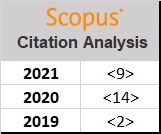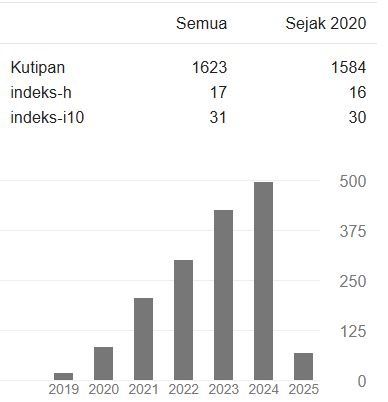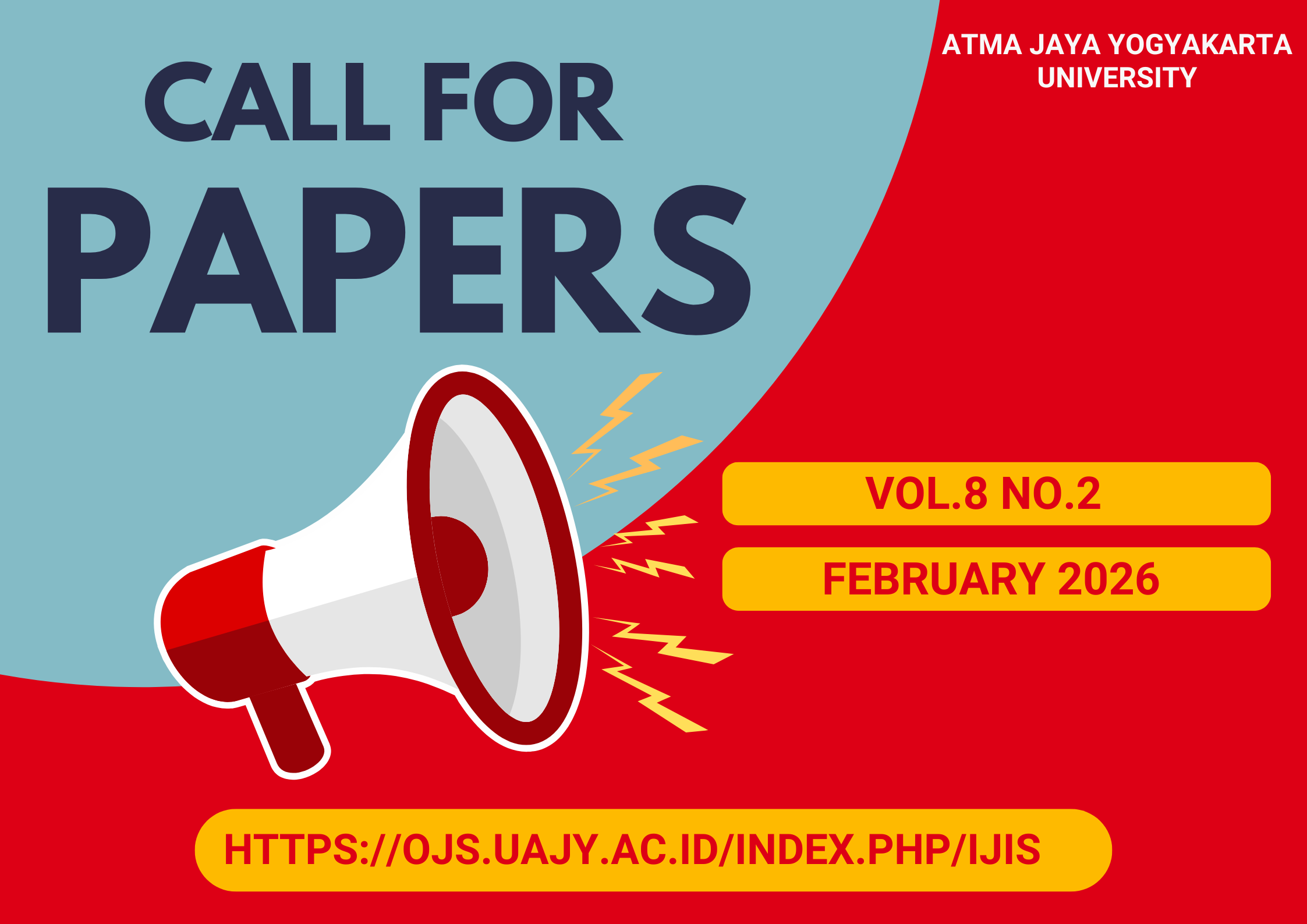Analysis of Information Technology Readiness in Furniture Business in Indonesia
DOI:
https://doi.org/10.24002/ijis.v3i1.3470Keywords:
, Technology Readiness Index, Technology Acceptance Model, UMKM, Furniture.Abstract
Adoption of information technology (IT) can be assessed from the perspective of user readiness. This study examine the level of readiness of the Micro, Small and Medium Enterprises (MSME) furniture sector in Java in adopting IT. The design and research model was developed using the Technology Acceptance Model (TAM) and the Technology Readiness Index (TRI). Sampling uses a non-probability procedure with a purposive sampling technique. Data collection using the questionnaire survey method and analyzed using the Partial Least Square (PLS) method. In general, research findings indicate that the furniture sector SMEs in Java are prepared to adopt IT. However, research findings also indicate that the perception of discomfort and insecurity is a major issue that has the potential to hinder IT adoption by the furniture sector SMEs. Implications for stakeholders and empirical research are discussed further.References
M. Rosemann dan M. z. Muehlen, “Evaluation of Workflow Management Systems - A Meta Model Approach,” Australian Journal of Information Systems , vol. 6, no. 1, pp. 103-116, 1 July 1998.
T. Q. Pham, “Measuring the ICT maturity of SME,” researchgate, 01 December 2015.
M. Er, N. Pujawan dan U. Chotijah, “The Value of Business Process Management Practice for Micro Enterprise in Indonesia,” dalam 7th International Conference on the Operation and Supplay Chain Management (OSCM) , Phuket, Thailand, 2016.
Y. R. Suci, “Perkembangan UMKM (Usaha Mikro Kecil dan Menengah) di Indonesia,” Jurnal Ilmiah Cano Ekonomos, vol. 6, no. 1, pp. 51-58, 2017.
M. A. Nugroho, “Impact of Government Support and Competitor Pressure on the Readiness of SMEs in Indonesia in Adopting the Information Technology,” Procedia Computer Science, vol. 72, pp. 102-111, 2015.
C. Faller dan D. Feldmüller, “Industry 4.0 Learning Factory for regional SMEs,” Procedia CIRP, vol. 32, pp. 88-91, 2015.
M. G. Aboelmaged, “Predicting e-readiness at Firm Level: An Analysis of Technological, Organizational, and Enviromental (TOE) Effects on e maintenance Readiness in Manufacturing Firms,” International Journal of Information Management 34 , p. 639–651, 2014.
E.M. Rogers, The Diffusion of Innovations, New York, NY: Free Press,, 1995.
A. Parasuraman dan C.L. Colby, Techno-Ready Marketing: How and Why Your Customers Adopt Technology, New York : Free Press, 2001.
N. Tsikritis, “A technology readiness-based taxonomy of customers,” Journal of Service Research , vol. 7 , no. (1), p. 42–52, 2004.
I. Rockbridge Associates, The National Technology Readiness, 2002. [Online]. Available: http://www.rockresearch.com/Technology_Readiness/executivesummary/executive_summary.html. [Diakses 12 May 2020].
Davis, F.D. , “Perceived Usefulness, Perceived Ease Of Use, And User Acceptance,” MIS Quarterly , vol. 13 , no. 3, pp. 319-340, 1989.
Downloads
Published
How to Cite
Issue
Section
License
Indonesian Journal of Information Systems as journal publisher holds copyright of papers published in this journal. Authors transfer the copyright of their journal by filling Copyright Transfer Form and send it to Indonesian Journal of Information Systems.

Indonesian Journal of Information Systems is licensed under a Creative Commons Attribution-NonCommercial 4.0 International License.

















